
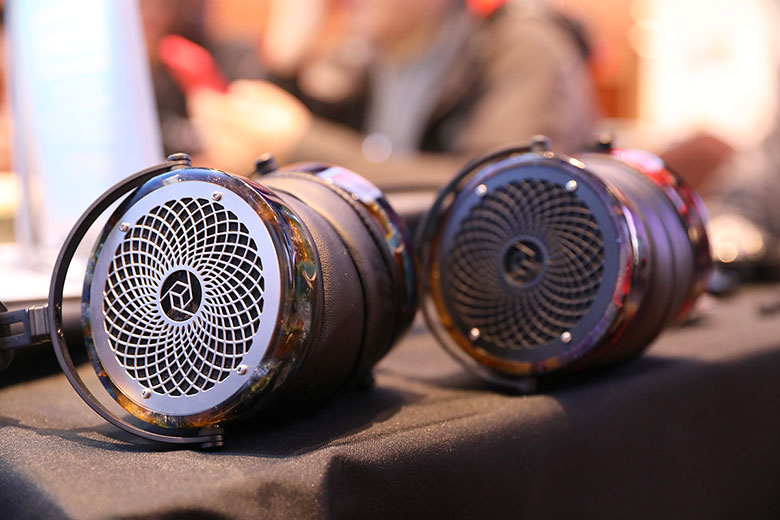
The Master Switch


The Master Switch
It’s very rare that something in the headphone world truly surprises us. We like to think we have a good handle on what’s out there, and what’s coming. And so it was at CanJam NYC trade show this year, where we had a very good idea of which new headphones and amps to expect. It’s a fun weekend in the Big Apple, but not exactly a surprising one.
And then we were hanging out at the Campfire Audio booth, and we saw...these. Just chilling on one of the tables. Like it was no big thing.
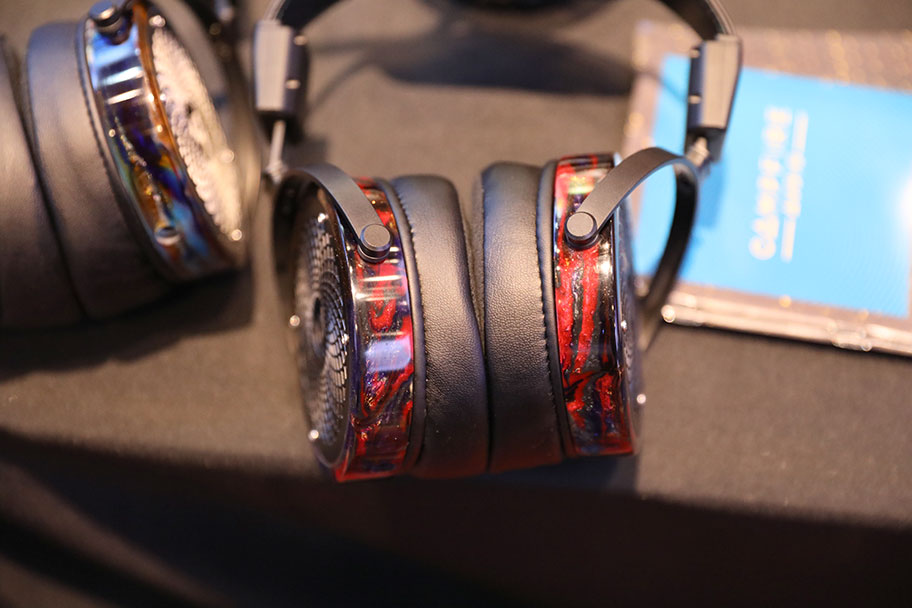
Look at them. Just look at them. They’re gorgeous - and they turned out to have nothing to do with Campfire Audio. They belonged to Alex Rosson, formerly of AUDEZE (which he cofounded with Sankar Thiagasamudram), and they are called the RAD-0. They are the first headphones from his new company, Rosson Audio Design, and we were desperate to try them. They’re a pair of planar magnetic cans, and those incredible outer cups are crafted from whatever Rosson and his team can stick in their casting mold: rocks, gems, reclaimed wood, your mom's old jewelry. We thought we’d grab the astoundingly busy Rosson for a quick chat...
"I negotiated my way out of AUDEZE at the end of 2015. After landing Apple as one of our retailers, I was ready for something new. I had managed to set up a strategic partnership between AUDEZE and Warner Music Group, which I was really proud of. And after leaving, I took a little bit of time – one or two months - and then I manufactured Alex Cavalli's Carbon amp. We made 500 units and they all sold out, so it was a very successful run.
"After that, I was contacted by Shinola, who wanted me to run their audio division. They met me, and I really liked them. They asked me to come to Detroit... Went there, loved it, loved the company and what they stood for. They gave me a budget and I said okay, we can do this.
"Long story short, ended up buying a house in Detroit, ended up building a factory in Detroit, ended up building a team in Hong Kong and in Los Angeles, where we had most R&D being done, and had a really great two-year stint with them. We built a lot of stuff. We made a turntable from scratch, a cartridge that never came out, three sets of headphones, two sets of in-ears, bookshelf speakers, Bluetooth speakers. We worked with Ken [Ball] from Campfire Audio on the Canfield in-ears (full review here) and I'm pretty proud of them. It was a great learning experience, and I'm still surprised we managed to do as much as we did in two years with such a small team.
"We ended on great terms, and I ended up purchasing the lab I had built for Shinola. They were going in another direction, and it just made sense for me to continue on. I ended up building them a great R&D prototyping facility that I ended up buying from them. That's where the new adventure started. The team I have, we've been together since AUDEZE. It's a very small team, only about three people now, my really close friends. We were really passionate about building shit! We ended up developing a driver from scratch, manufacturing it from scratch, all here, figuring out a cost-effective way. Because this is all privately funded by myself – we don't have any investors. It's all out-of-pocket, and we've spent almost two years now working on this project."
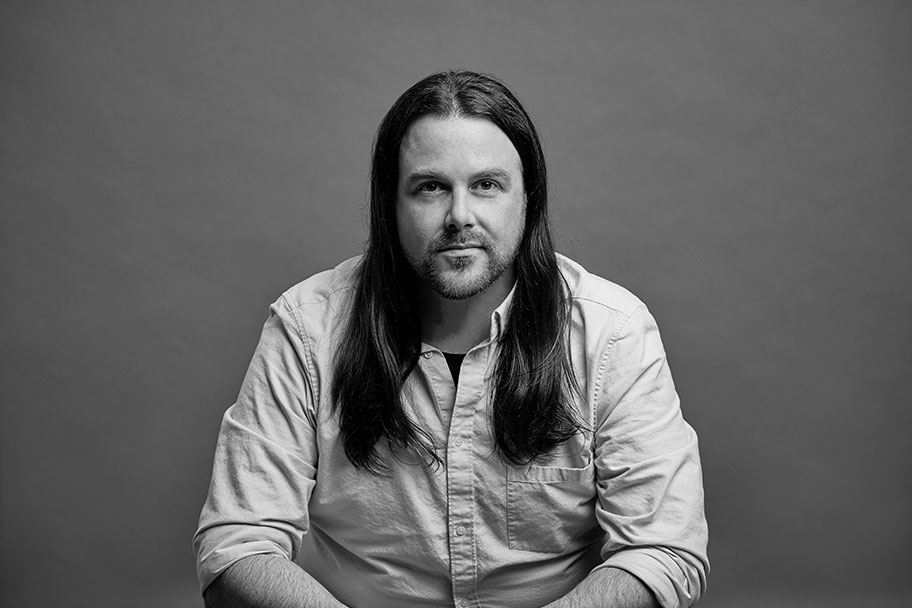
"You make it stand out with tuning. Planar headphones are usually pretty heavy, so you spend a lot of time sourcing materials, and we did spend a lot of time sourcing the drivers and membrane material. The development on those drivers never ends. There's always going to be room for improvement. While I'm pleased with the sound signature on pretty much every product that I've had a hand in or worked on, I'm never totally happy, I'm never satisfied."
"Right now, the sound signature of the RAD-0 is pretty balanced. I'm trying to get something that you can utilise both for listening to music or actually working on music. I work on a lot of music myself, and I have two record labels, and I play music. For me it's a beautiful tool that's not picky, and has enough clarity to let you work on it for hours.
"Neutral for me is nothing harsh, right? Nothing that is going to stand out, and a really balanced frequency response. I think with these headphones, it's very balanced."
"I'd just done two dynamic headphones for Shinola, and for me, there are a lot of situations where it makes more sense to utilise dynamic drivers. But for me, you lose some of the resolution. Dynamic drivers are getting a lot better, and there are a lot of amazing drivers out there. I'm certainly not averse to using them. But this is what I know, and what I've been working on for years. I'm trying to fulfil my own goals. Those goals are about making improvements to some of the stuff I've done in the past."
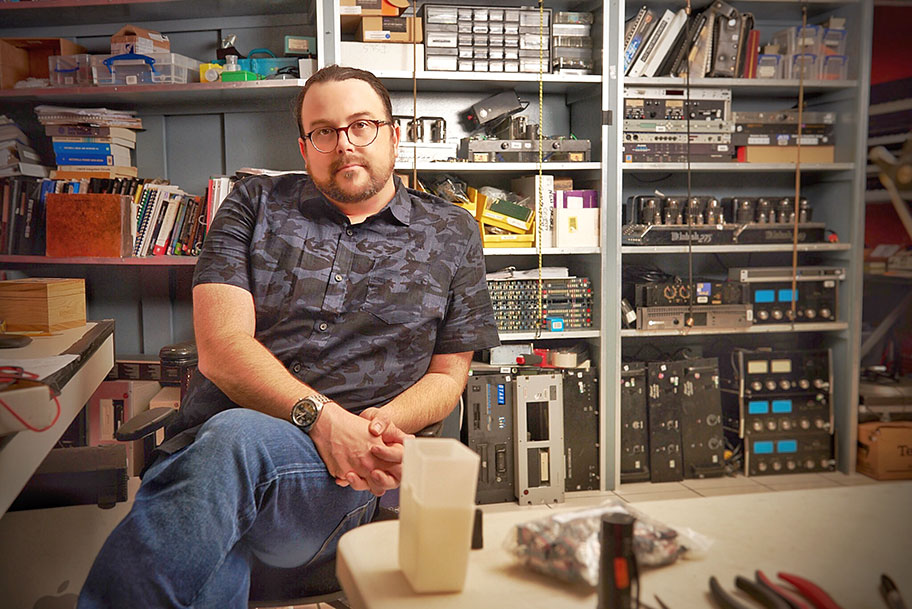
"My take is simple. As long as it has one watt of power on the output, it should be sufficient enough to make the headphones sing. I've been listening a lot to an old Ray Samuels Darkstar. I've also been on and off with the Rupert Neve headphone amp, and I still have an old Cavalli Liquid Gold. It all depends on my mood!
"But the first thing I do when I test a pair of headphones is, I plug them into my phone. It's just a good reference point, in the real world. I don't listen as loud as most people, so I'll put my phone's output on max volume, and as long as I don't hear nasty distortion, the levels are usually good enough for me. It's also extremely convenient. Of course, a lot of phones are now going completely wireless, without a headphone jack. And I like the convenience of wireless, but I'm not a wireless guy..."
"Yeah, but then we'll realise that it's giving us cancer! I don't really like frying my brain too much."
"I haven't had any returns! That's a good thing. I'm working with headphones.com, and they've been selling them pretty well. But the response has been much better than I anticipated. Like I said, I'm never happy, and I know the product and the sales can be better, but the response has been great, especially when compared to some of these other flagships on the market. It's been positive, and very encouraging for me."
"In a sense, yes. I'll have people ask me 'Well, how does it compare to a LCD-4?', and all I can tell them is that they have to listen. It's all subjective to me. There is no best. These headphones have different materials, they are built by different people, they sound different, they are tuned differently.”
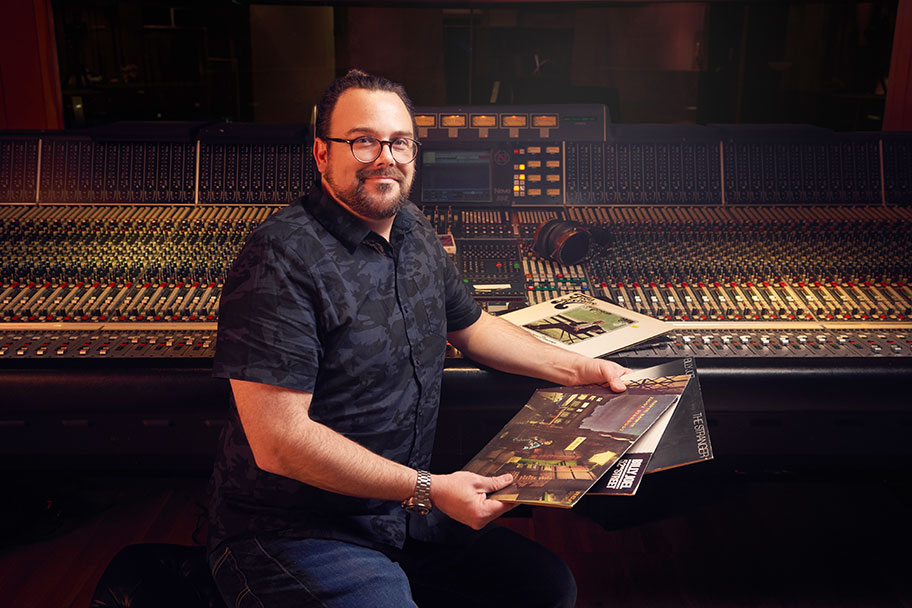
"I do a lot myself. It's a lot of work to make things by hand. I have great guys but at the end of the day, if it doesn't get done, that falls on my shoulders. It's my financial risk on the table. That's really the biggest difference – I put my life savings into this, and that's very different from anything else I've experienced in my life other than investing in the record labels.
"I want to keep it small. I'm not trying to blow this up. I hate the word authentic, but I want to keep it small and authentic, and just do what we do. I want to get to the point where it sustains itself, but I'm definitely not trying to get rich from this. I'm passionate about doing this, and I'm at a stage of my life where I hope I look back on this, and see it as a productive and positive phase when we brought people enjoyment.
"I think of headphones as almost like therapeutic devices. There are plenty of things I could be doing out in the world to help people and the environment, but one of the ways I justify what I do is that, if someone is sitting down and enjoying their headphones, it's kind of like therapy."
"Back at AUDEZE, I remember getting a video from a family in Romania all huddled together listening to their headphones and crying, and thanking us. That shifted my brain a little. I come from the studio world, and I love gear with a passion. To think about having that kind of an impact on a small family in Romania who felt the need to reach out and express their gratitude, it made me think that maybe what we do is make therapeutic devices for people to find some happiness. Life is not always pleasurable, so if you can escape a little while and go into your own world with your personal audio device, that makes me feel better about what we're doing."
"I've been doing the CanJams as much as I can and can afford. We'll be showing it in London this week with HeadAmp and Rupert Neve, and pretty soon I'm going to do my own little headphone meet up. My family owns an iconic, legendary studio called The Village, and I'm going to do some events there and bring the community there. I'm also going to CanJam in Shanghai. But I'd much rather invest the money back into the product than go and spend a lot of money on marketing and shows. That's what I'm really hoping for."